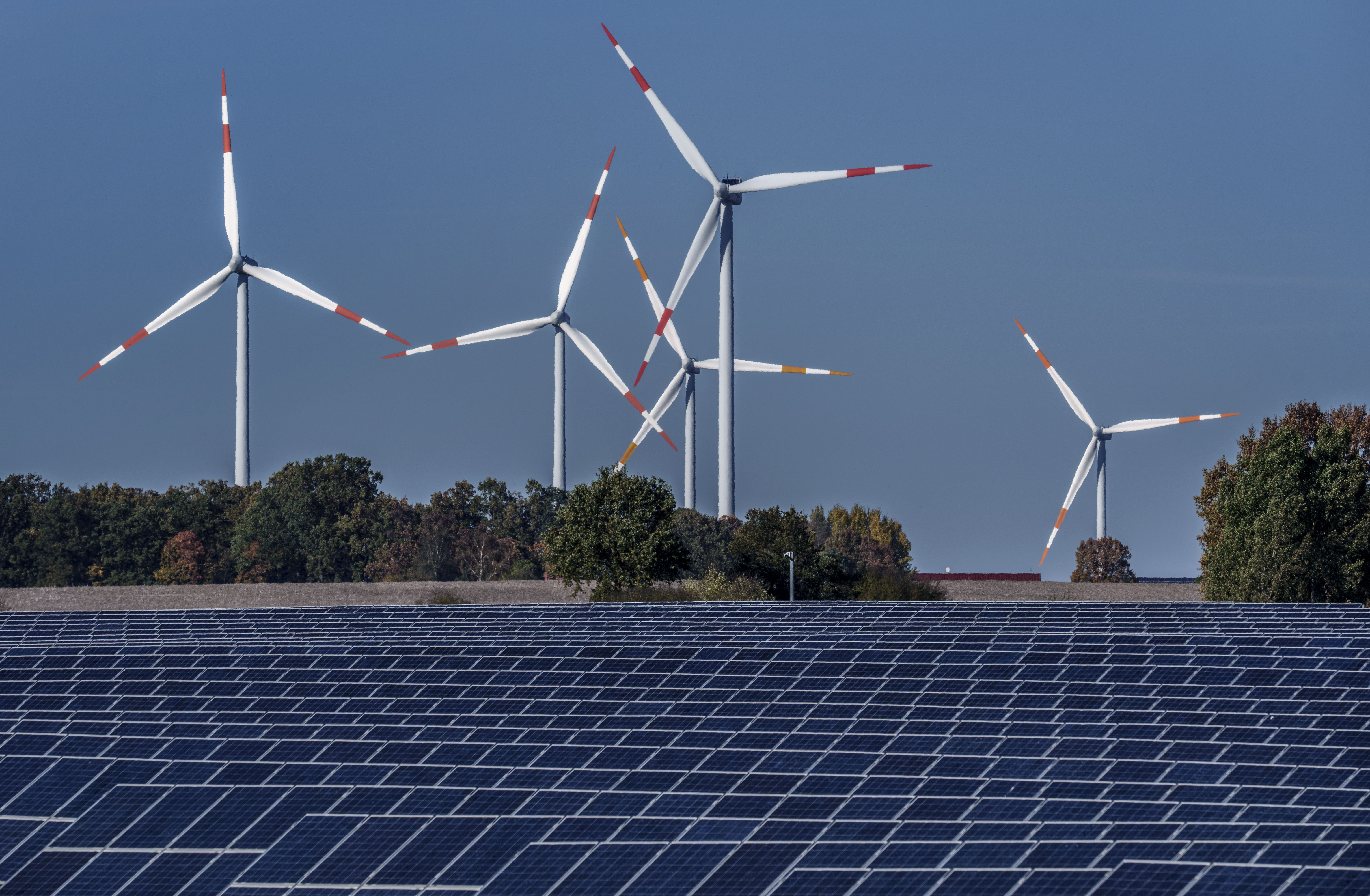
PARIS - A surge in clean energy spending is expected to drive a record $3.3 trillion (2.89 trillion euros) in global energy investment in 2025, despite economic uncertainty and geopolitical tensions, the International Energy Agency (IEA) said on Thursday.
Clean energy technologies, including renewables, nuclear, and energy storage, are set to attract $2.2 trillion in investment, twice the amount expected for fossil fuels, the IEA said in its annual World Energy Investment report.
"The fast-evolving economic and trade picture means that some investors are adopting a wait-and-see approach to new energy project approvals, but in most areas we have yet to see significant implications for existing projects," IEA Executive Director Fatih Birol said.
READ MORE: EU almost on track to reach 2030 climate goal
Solar power is expected to be the biggest beneficiary, with investment forecast to reach $450 billion in 2025, while spending on battery storage is predicted to surge to around $66 billion, the report said.
Batteries are seen as a way to mitigate the intermittency of renewable energy projects, by storing power during peak supply and discharging during peak demand, but investments in the technology have lagged behind solar and wind power.
ALSO READ: Company plays big role in Southeast Asian nation's clean energy transition
In contrast, investment in oil and gas is expected to decline, with upstream oil investment set to fall by 6 percent in 2025, driven by lower oil prices and demand expectations and the first drop since the Covid crisis in 2020.
The IEA also warned that investment in grids of $400 billion per year is lower than spending on generation and electrification, which could pose a risk to electricity security.
Grid investments will need to rise to near parity with generation spending by the early 2030s to maintain electricity security, but this is being held back by red tape and tight supply chains for transformers and cables.
READ MORE: Africa eyes alternative partners in energy
Spending patterns remain very uneven globally, with many developing economies struggling to mobilize capital for energy infrastructure.


